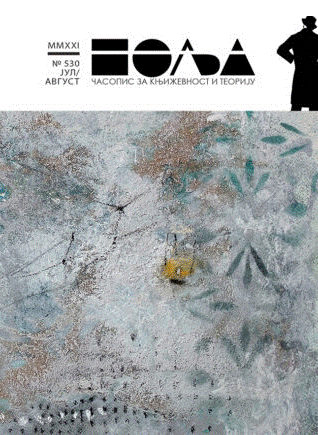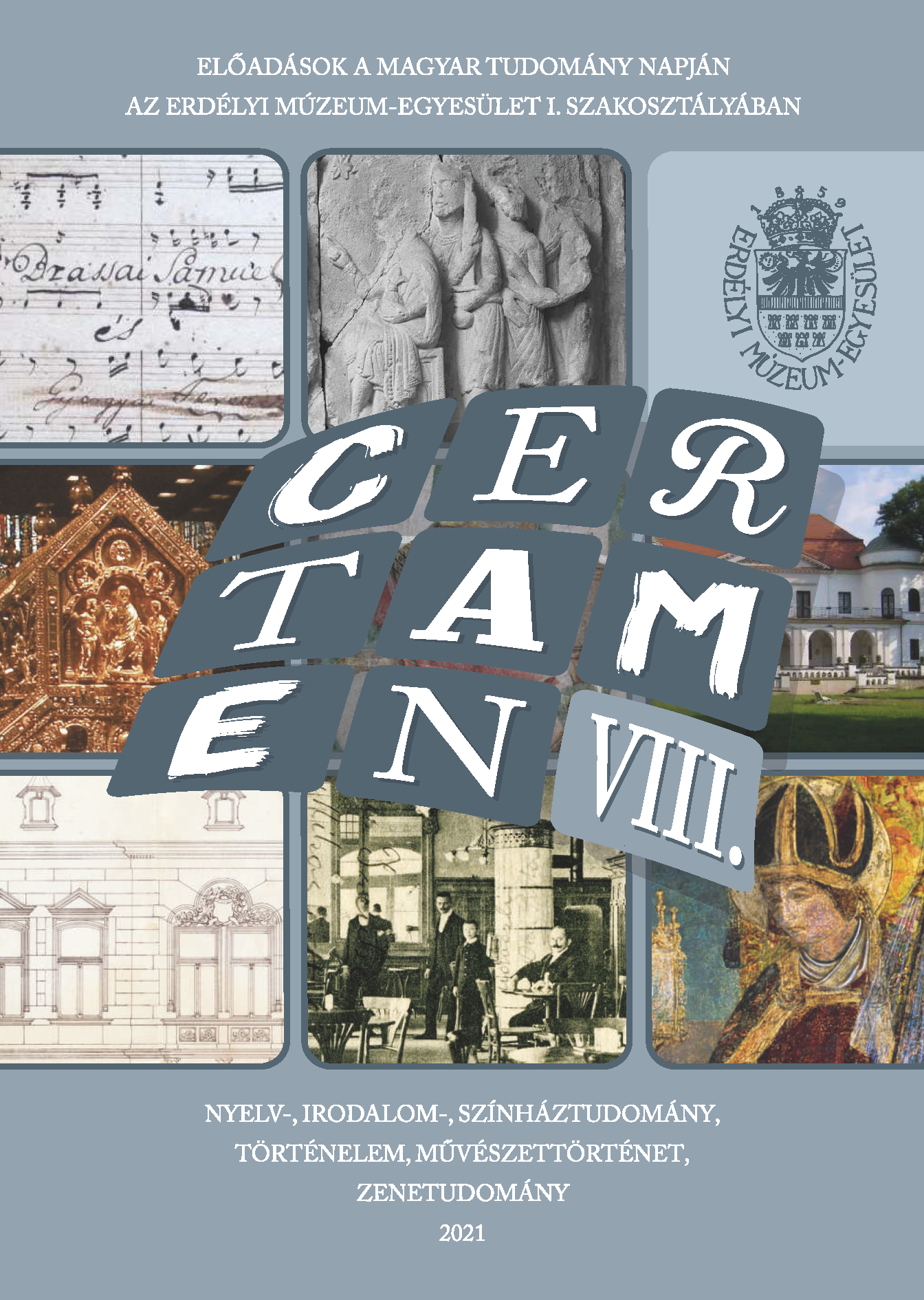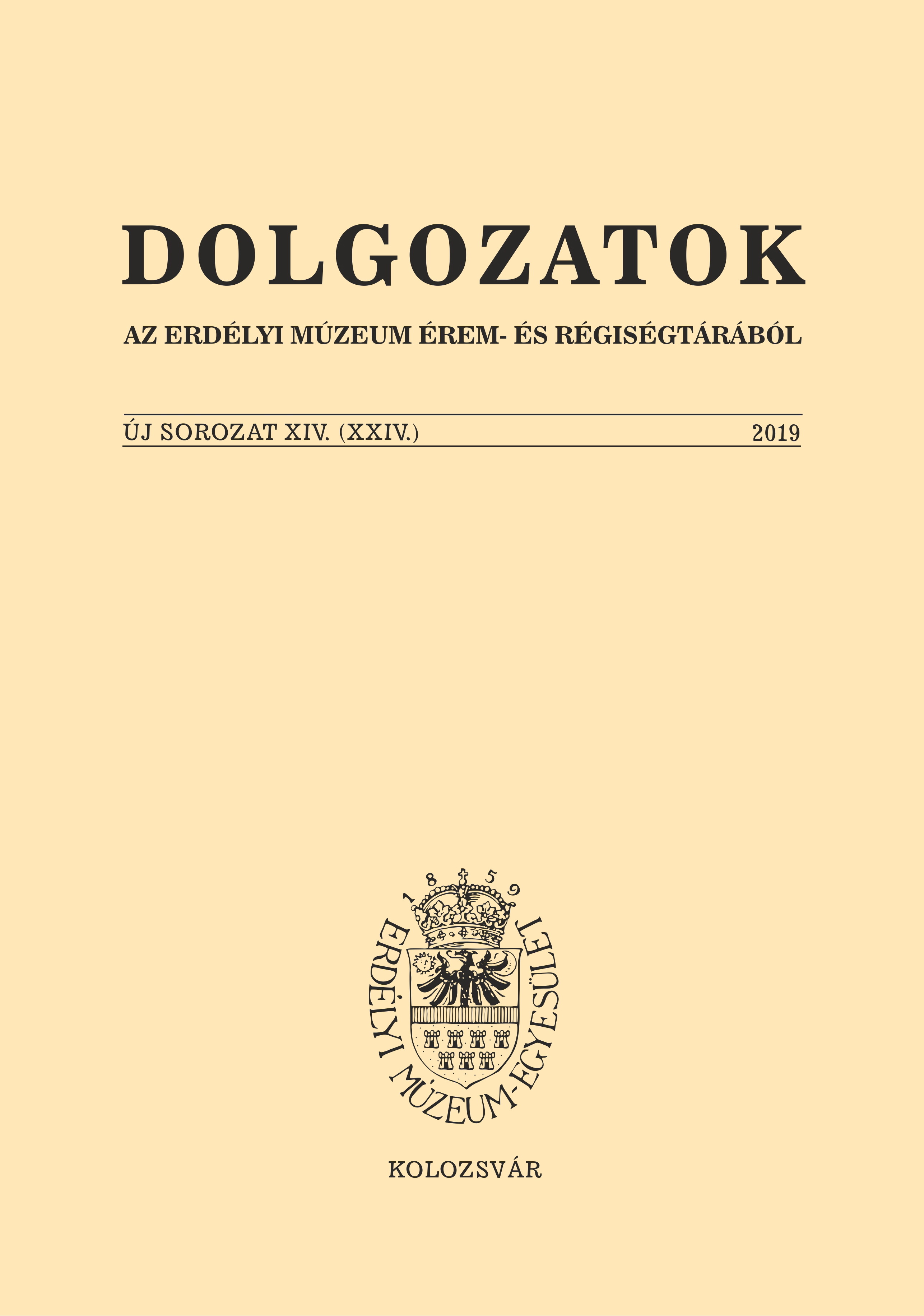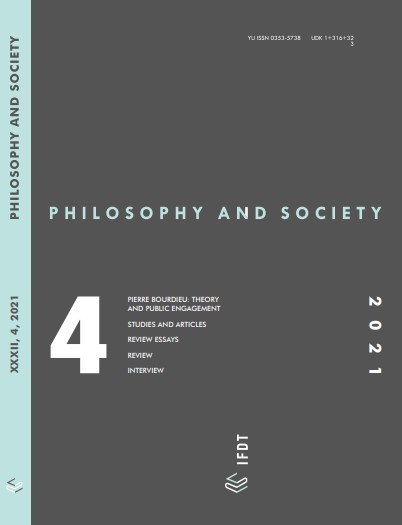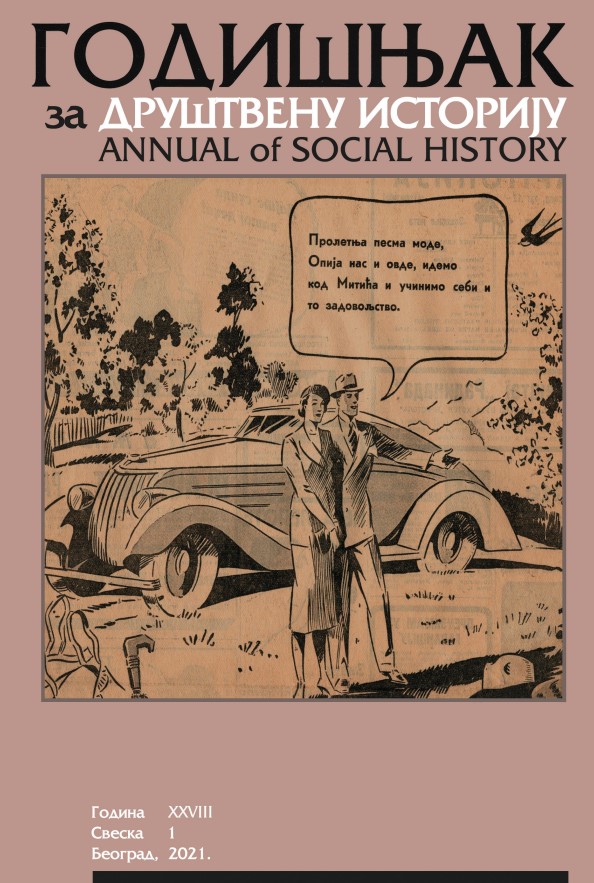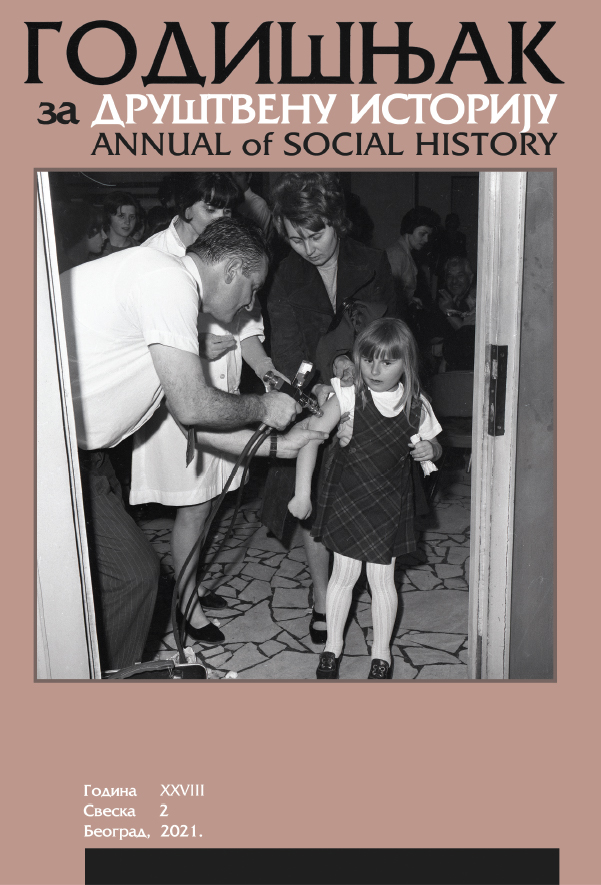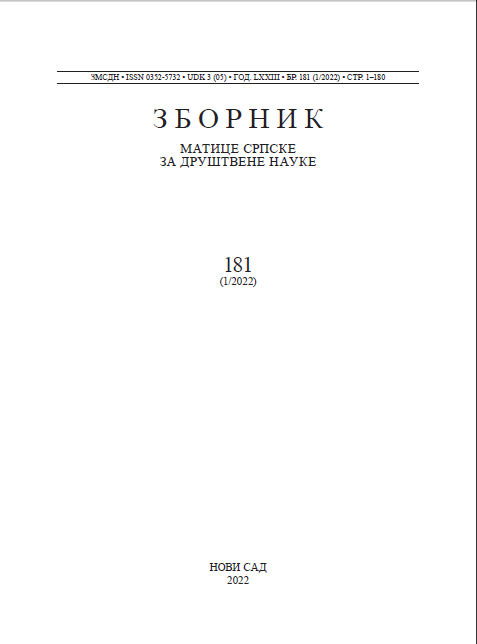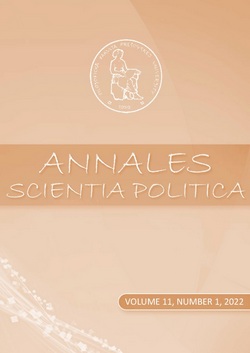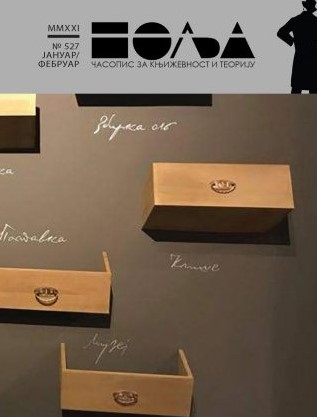
We kindly inform you that, as long as the subject affiliation of our 300.000+ articles is in progress, you might get unsufficient or no results on your third level or second level search. In this case, please broaden your search criteria.


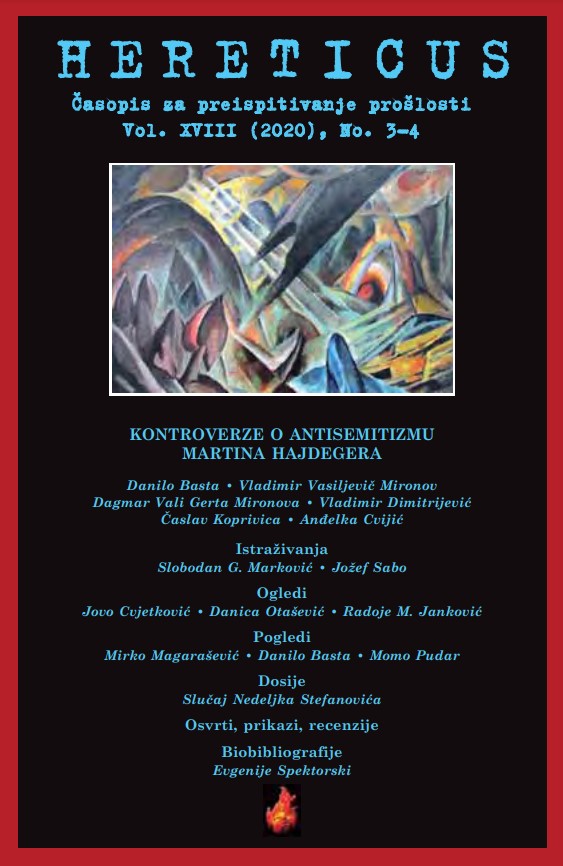

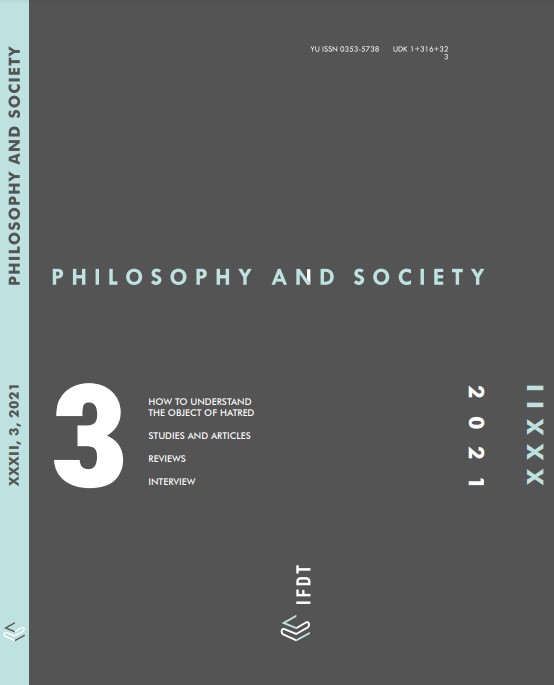
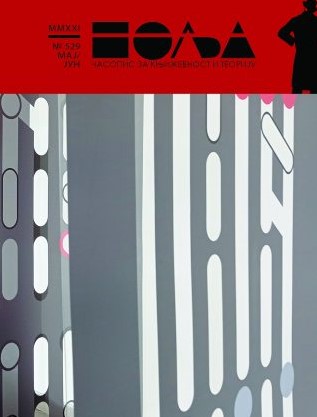
Horst Bienek, Werkstattgespräch mit Uwe Johnson (am 3–5. I 1962 in West Berlin), у: Eberhard Fahlke (прир.), „Ich überlege mir die Geschichte...“ Uwe Johnson im Gespräch, Франкфурт/M. 1988, стр. 194–208. Интервју је у целини објављен под насловом: „Horst Bienek, Werkstatgespräch mit Uwe Johnson“, у: Frankfurter Hefte, 1962, свеска 5, стр. 333–342.
More...
Превод интервјуа рађен је према верзији „Ein verkannter Humorist“. Gespräch mit A. Leslie Wilson (Am 20. April 1982 in Sheerness-on-Sea), објављеној у књизи: Eberhard Fahlke (прир.), “Ich überlege mir die Geschichte…” Uwe Johnson im Gespräch, Франкфурт/М., 1988, стр. 281–299. А. Лесли Вилсон је разговор водио на немачком језику. Копију тонског снимка разговора Вилсон је ставио на располагање Архиву Увеа Јонзона, а Е. Фалке је снимак транскрибовао. Овај интервју с Увеом Јонзоном oбјављен је на енглеском језику у часопису Dimension; Contemporary German Arts and Letters (University of Texas, Austin; св. 15, 1982, бр. 3, стр. 400–413) чији је уредник Вилсон био. Скраћења у овом преводу, обележена тротачком у угластој загради, потичу од приређивача темата.
More...
